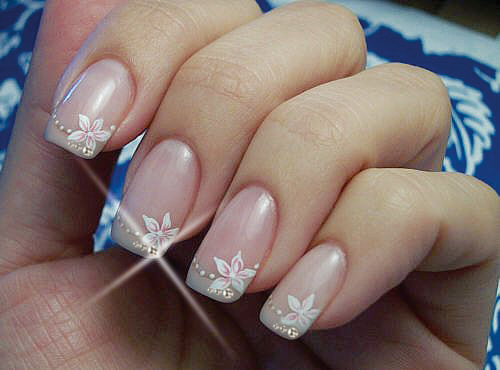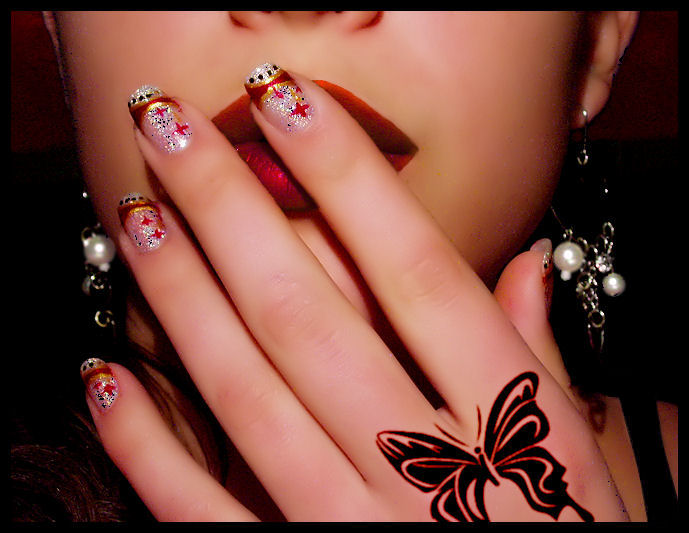It is a well known fact that almost every woman loves to be spotted with elegant finger nails. It is also a fact that men appreciate women who maintain manicured fingers. This brings us to the issue of types and brands of nail polish that help women to achieve that elegant look with their professionally manicured fingers.
There are several types of nail polish brands available in the market, some come cheap while others are expensive but last longer than the cheap types or brands. Those stylish women who desire creative designs for their nails would always go for the quality, longer lasting and expensive nail polish brands.
These quality nail polish brands have been confirmed to be the perfect choice when it comes to being very creative with nail designs. It is also confirmed that they don't often chip unlike the cheap nail polish brands. These quality brands are also known to be smoother after polishing than the cheap types of nails. This goes a long way to explain why a lot of women would rather opt for these quality nail polish brands than go for the cheap type.
There are various designs that women can choose from and this includes but not limited to hearts, multicolored, French tips, flowers and other designs. Even with all these designs, women are still searching and demanding for more custom designs. This has made it necessary for most beauticians to be creative in order to satisfy these wants. It takes more than merely being a stylist or a beautician to satisfy the various needs of one's clients. It takes commitment to learning new styles and designs, especially from certain specifications from one's clients, friends, family and even colleagues.
In being creative, some women would love to have a Christmas tree designed or painted on their nails during Christmas while others might even go for blue polish with star or moon design. When it comes to weddings, some women would love French tips or manicure with little pearls glued on the nails. The list is endless.





















